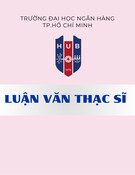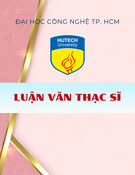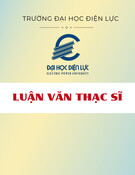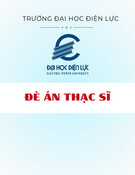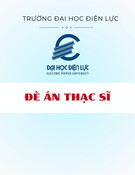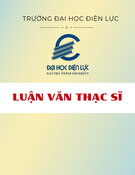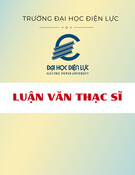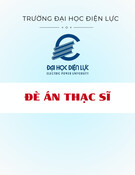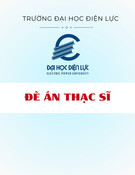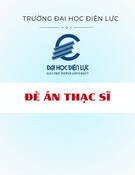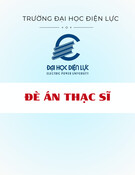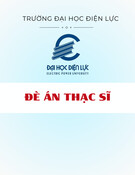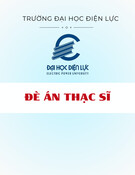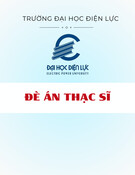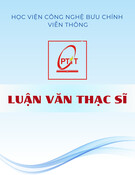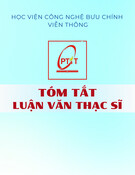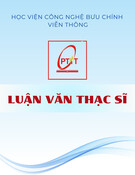
Improving Internet Usability –
A Framework For
Domain Name Policy Evaluation
By Joshua Rowe
B. App. Sci. (Comp. Sci.)
School of Business Information Technology
Faculty of Business
October 2008
DomainUsability.com
A thesis submitted in partial fulfilment of the requirements for the degree
Master of eBusiness from RMIT University

Improving Internet Usability – A Framework For Domain Name Policy Evaluation
ii
Declaration
I certify that except where due acknowledgement has been made, the work is that of the author
alone; the work has not been submitted previously, in whole or in part, to qualify for any other
academic award; the content of the thesis is the result of work which has been carried out since the
official commencement date of the approved research program; and, any editorial work, paid or
unpaid, carried out by a third party is acknowledged.
__________________________
Joshua Luke Rowe
Dated Saturday, 25 October 2008

Improving Internet Usability – A Framework For Domain Name Policy Evaluation
iii
Copyright Licence
I hereby grant to the RMIT University or its agents the right to archive and to reproduce and
communicate to the public my thesis or appropriate durable record in whole or in part in the
University libraries in all forms of media, now or hereafter known. I retain ownership of copyright
and all other proprietary rights, such as patent rights. I also retain the right to use in future works
(such as articles or books) all or part of this thesis.
__________________________
Joshua Luke Rowe
Dated Saturday, 25 October 2008

Improving Internet Usability – A Framework For Domain Name Policy Evaluation
iv
Acknowledgements
Internet co-inventors such as Vint Cerf, Tim Berners-Lee and Ray Tomlinson provided me with
the canvas on which I could begin my professional career that has centred on the commercial use
of the Internet. I recognise all of the Internet co-inventors for the roles they played in establishing
the Internet – a truly great invention that has had a profound impact on society and the economy.
When the Internet and I were young I had the benefit of learning from experienced netizens such as
Richard Muirden, Michael Barnett and Jason Lee. The support and advice from each of these
people helped shape my early understanding of the Internet.
My work colleagues have been supportive of my involvement in the Internet industry and
throughout the development of this thesis. In particular, I am grateful for the backing of Alan
Vallance, Shane Morris and Luke Cuthbertson.
There are many people in the Internet industry locally and internationally who have inspired,
encouraged and informed this research. My appreciation extends to Kim Davies, Leni Mayo, Jo
Lim, Chris Disspain, Derek Whitehead, Cheryl Langdon-Orr, the auDA board and staff, and the
ICANN community.
I would like to thank Jennifer Morris for critiquing my non-perfect grasp of the English language.
The improvement in my prose after acting on her independent advice was noticeable.
RMIT University‘s support for this study financially through a research grant and through the
involvement of staff has been great. My senior supervisor, Vic Kamay, has been with me from
start to finish. Vic has supported me throughout the thesis with patience, knowledge,
encouragement and effort. Dr Konrad Peszynski, my second supervisor, joined the team later and
provided constructive and critical perspectives that helped craft the final work. The insistence of
Professor Brian Corbitt and Professor Bill Martin for me to complete this work is appreciated.
Working professionally full time and conducting postgraduate research part time requires a serious
commitment of time and grey matter.
Whilst they may not realise it, my family and friends played an important role in maintaining my
sanity through this study. Thanks to Samuel, Archie, Helen, Mal, Zan, Joel, Michelle, Soraya,
Rachel, Beck, Paul and Zero.
Finally, I thank Naomi for supporting me throughout this study. With the conclusion of the study
comes some normality to home life again.

Improving Internet Usability – A Framework For Domain Name Policy Evaluation
v
Table of Contents
Declaration ii
Copyright Licence iii
Acknowledgements iv
Table of Contents v
List of Figures viii
List of Tables ix
Glossary xi
Abstract xvii
1. Introduction 1
1.1 Domain names 1
1.2 The case for research 2
1.3 Research objectives 5
1.4 Research questions 5
1.5 Research rationale 5
1.6 Thesis structure 8
2. A literature review 9
2.1 Introduction 9
2.2 What‘s in a (domain) name? 10
2.3 Domain name industry structure 12
2.4 Politics 14
2.5 Intellectual property 15
2.6 Domain name policy formation 15
2.7 Perspectives on domain name policy 17
2.8 The importance of standards 18
2.9 The role of policies in development of standards 19
2.10 Domain names are a user interface 19
2.11 Concluding remarks 21

